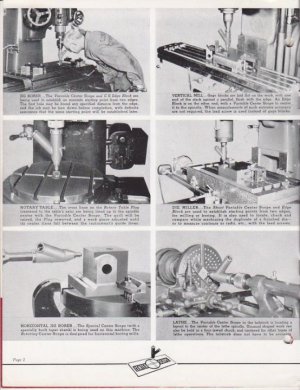Hello all,
I have done a lot of research on the topic, but I am still unsure how to solve my problem.
What I am trying to do:
Measure the alignment of the end effector of my machine with a hole. So the machine would be moved above a hole, the operator using her own eyes, and then the operator would identify how well positioned the machine end effector has been placed above that hole. I do not get force feedback from the machine. The hole is somewhat rough. My machine can use tool that fit on milling machines.
The end effector cannot rotate. Cost is also a important element.
What I have explored:
-Dial Test Indicators: requires rotation, measure along only one axis (1D).
-3D sensor: expensive solution
-Center finder: simple, cheap, might break when moved downwards. How to give a value for the alignment??
-Other sensors (vision based): expensive, difficult to integrate
What is the best options? Are there alternatives to the tools stated above? Do 2D dial indicators exist?
Many thanks for your inputs. Let me know if I can clarify certain points.
Best regards
CoPie
I have done a lot of research on the topic, but I am still unsure how to solve my problem.
What I am trying to do:
Measure the alignment of the end effector of my machine with a hole. So the machine would be moved above a hole, the operator using her own eyes, and then the operator would identify how well positioned the machine end effector has been placed above that hole. I do not get force feedback from the machine. The hole is somewhat rough. My machine can use tool that fit on milling machines.
The end effector cannot rotate. Cost is also a important element.
What I have explored:
-Dial Test Indicators: requires rotation, measure along only one axis (1D).
-3D sensor: expensive solution
-Center finder: simple, cheap, might break when moved downwards. How to give a value for the alignment??
-Other sensors (vision based): expensive, difficult to integrate
What is the best options? Are there alternatives to the tools stated above? Do 2D dial indicators exist?
Many thanks for your inputs. Let me know if I can clarify certain points.
Best regards
CoPie

